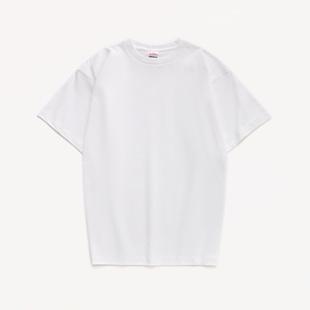Moisture wicking and stretchability are two important considerations when choosing the ideal fabric for winter clothing. The following is an analysis of the hygroscopicity and ductility of different materials:
1. Cotton: Cotton fabric has excellent hygroscopicity and breathability, and can be quickly Absorbs body sweat to keep you dry and comfortable. It has good ductility and is not easily deformed, making it more suitable for daily casual wear.
2. Wool: Wool is a winter fabric with excellent warmth and good moisture absorption properties, which can effectively maintain body warmth and absorb sweat. Evaporate out. It is slightly less malleable, but through special processing, its elasticity and comfort can be increased.
3. Velvet fabrics (such as velvet fabrics): Velvet fabrics are usually made of artificial down or animal hair, which have good hygroscopicity and warmth retention properties. They are more malleable and suitable for keeping warm in winter while providing a high level of comfort.
4. Nylon and polyester: These synthetic fibers have strong abrasion and scratch resistance while having low moisture absorption. They are more stretchable and can provide better sports stretching performance in winter.
5. Velvet lining fabric: Velvet lining fabric is often used on the inside of winter coats and is usually made of polyester fiber. It has good moisture absorption and thermal insulation properties, as well as good ductility, which can provide warmth and comfort to the body.
It is worth noting that fabrics of various materials undergo different processing, textile technology and blending methods, so their hygroscopicity and stretch properties may There will be differences. When choosing winter clothing fabrics, you should comprehensively consider your personal needs for moisture absorption, warmth retention and comfort, and choose suitable fabrics based on specific styles and designs.







